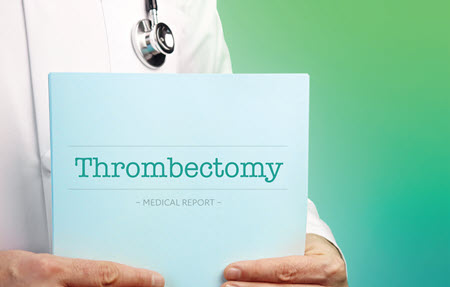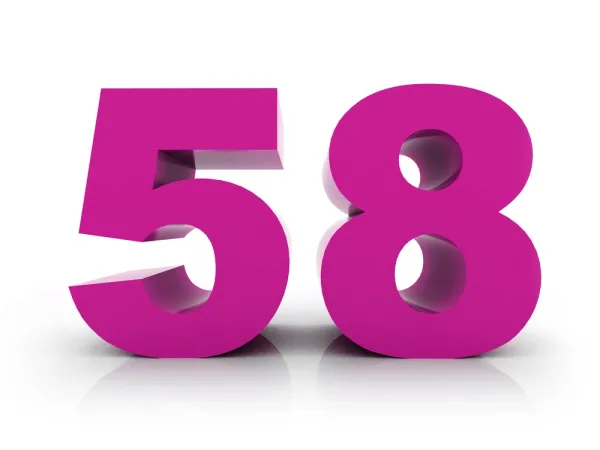Follow 5 Tips for Clean Mechanical Thrombectomy Claims
Distinguish ‘primary’ and ‘secondary’ procedures. When your vascular surgeons remove a blood clot from an artery or vein, you’ll need to wade through a host of codes to accurately report the mechanical thrombectomy procedure. Read on to learn five guidelines to help you spotlight the correct code for every case. Tip 1: Distinguish Primary and Secondary Arterial Mechanical Thrombectomy Your surgeon may perform either a primary or secondary arterial mechanical thrombectomy. “The key to deciding whether the thrombectomy was primary or secondary revolves around intent of the procedure,” says Robin Peterson, CPC, CPMA, manager of professional coding and compliance services, Pinnacle Enterprise Risk Consulting Services, LLC in Centennial, Colorado. “Was the intent of the procedure to remove the thrombus?” If so, the service is a primary arterial mechanical thrombectomy. If the surgeon plans a different percutaneous procedure and identifies and removes part of a thrombus during that procedure, the service is a secondary arterial mechanical thrombectomy. Other services: Sometimes during the planned thrombectomy, the surgeon finds an area of stenosis that requires an angioplasty or stent. In that case, the thrombectomy is still primary. However, you would additionally code for the other percutaneous intervention. According to CPT® Assistant, “Even though another intervention, such as angioplasty may take place, the thrombectomy is the focus of the procedure.” Note: “A thrombectomy following transcatheter thrombolysis is also considered to be primary, according to SIR [Society of Interventional Radiology] Coding Update 2016,” Peterson says. Tip 2: Look to 37184, + 37185 for Primary Arterial Mechanical Thrombectomy With a primary arterial mechanical thrombectomy, the physician diagnoses the thrombus prior to performing the procedure. Per the CPT® guidelines, the surgeon will preoperatively plan the thrombectomy. After the procedure is over, your surgeon will also conduct a post-procedure evaluation. Report 37184 (Primary percutaneous transluminal mechanical thrombectomy, noncoronary, non-intracranial, arterial or arterial bypass graft, including fluoroscopic guidance and intraprocedural pharmacological thrombolytic injection(s); initial vessel) per vascular family for the initial vessel your surgeon treats, according to the guidelines. Additional: Report +37185 (… second and all subsequent vessel(s) within the same vascular family (List separately in addition to code for primary mechanical thrombectomy procedure)) for second or all subsequent vessel(s) within the same vascular family. “The phrase ‘second and all subsequent vessel(s)’ in the code descriptor means that code +37185 is reported only once, no matter how many subsequent vessels are treated in a given vascular family,” according to CPT® Assistant, Volume 29, Issue 9. Don’t miss: If you are reporting the mechanical thrombectomy of an additional vascular family your surgeon treated through a separate access site, report an additional unit of 37184 and append modifier 59 (Distinct procedural service). Tip 3: Report Secondary Arterial Mechanical Thrombectomy This Way Sometimes, your surgeon may need to perform a secondary arterial mechanical thrombectomy to remove or retrieve short segments of thrombus or embolus prior to or following another percutaneous intervention. Secondary arterial mechanical thrombectomy: Report +37186 (Secondary percutaneous transluminal thrombectomy (eg, nonprimary mechanical, snare basket, suction technique), noncoronary, non-intracranial, arterial or arterial bypass graft, including fluoroscopic guidance and intraprocedural pharmacological thrombolytic injections, provided in conjunction with another percutaneous intervention other than primary mechanical thrombectomy (List separately in addition to code for primary procedure)) for a secondary arterial mechanical thrombectomy. Examples: Primary procedures for this code would be percutaneous interventions such as lower extremity revascularization procedures, transcatheter placement of an intravascular stent, or percutaneous transluminal angioplasty, according to Peterson. For instance, during a transluminal balloon angioplasty or stent placement, the surgeon may perform a “rescue” thrombectomy to remove a small segment of a clot prior to the planned procedure or following the planned procedure if it dislodges a clot that needs to be retrieved. Exception: Per CPT® Assistant, removal of the clot is an inherent part of an atherectomy procedure and should not be reported separately, according to Peterson. However, removal of clot from a different vascular territory downstream from the primary lesion may be reported separately. Never report +37186 in conjunction with 37184 and +37185. You cannot bypass the National Correct Coding Initiative (NCCI) edit between a primary and secondary thrombectomy. Tip 4: Focus on Codes for Venous Mechanical Thrombectomy When your surgeon performs a venous mechanical thrombectomy, report 37187 (Percutaneous transluminal mechanical thrombectomy, vein(s), including intraprocedural pharmacological thrombolytic injections and fluoroscopic guidance) for the initial application. If you need to report bilateral venous mechanical thrombectomy performed through a separate site, append modifier 50 (Bilateral procedure) to code 37187. Repeat: Report 37188 (Percutaneous transluminal mechanical thrombectomy, vein(s), including intraprocedural pharmacological thrombolytic injections and fluoroscopic guidance, repeat treatment on subsequent day during course of thrombolytic therapy) for repeat treatment on a subsequent day during a course of thrombolytic therapy. “Venous thrombectomy codes can be used for peripheral or intracranial veins, and there is no separate code for secondary thrombectomy in this code set. The procedure is for one or more veins in the same extremity and may be the only procedure the provider performs, or it may be performed with infusion therapy,” Peterson says. Tip 5: Mark Down Separately Reportable, Not Separately Reportable Services “You should not separately report procedures that are considered an inherent part of the mechanical thrombectomy,” says Terri Brame Joy, MBA, CPC, COC, CGSC, CPC-I, product manager, MRO, in Philadelphia. For example: Codes 37184-37188 already include intraprocedural fluoroscopic radiological supervision and interpretation services for guidance of the procedure, so you should not separately report those services. Similarly, “intraprocedural injection(s) of a thrombolytic agent is an included service and not separately reportable in conjunction with mechanical thrombectomy,” according to the guidelines. Separate: On the other hand, you can report codes for catheter placement(s), diagnostic studies, and other percutaneous interventions such as a transluminal balloon angioplasty or a stent placement in addition to a mechanical thrombectomy code. You can also report subsequent or prior continuous infusion of a thrombolytic using 37211 (Transcatheter therapy, arterial infusion for thrombolysis other than coronary or intracranial, any method, including radiological supervision and interpretation, initial treatment day) through 37214 (Transcatheter therapy, arterial or venous infusion for thrombolysis other than coronary, any method, including radiological supervision and interpretation, continued treatment on subsequent day during course of thrombolytic therapy, including follow-up catheter contrast injection, position change, or exchange, when performed; cessation of thrombolysis including removal of catheter and vessel closure by any method).




